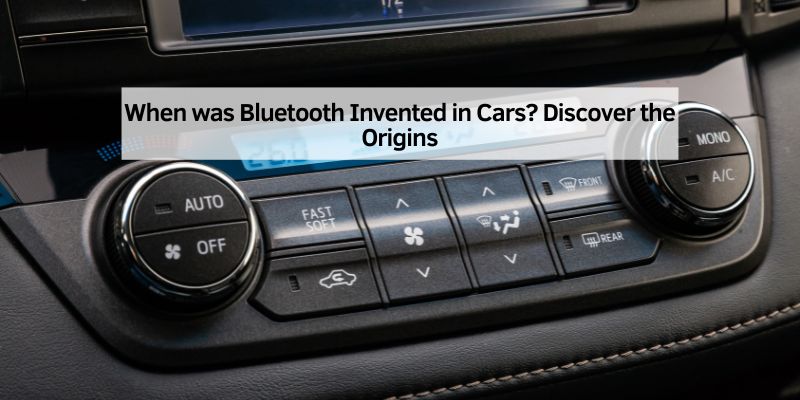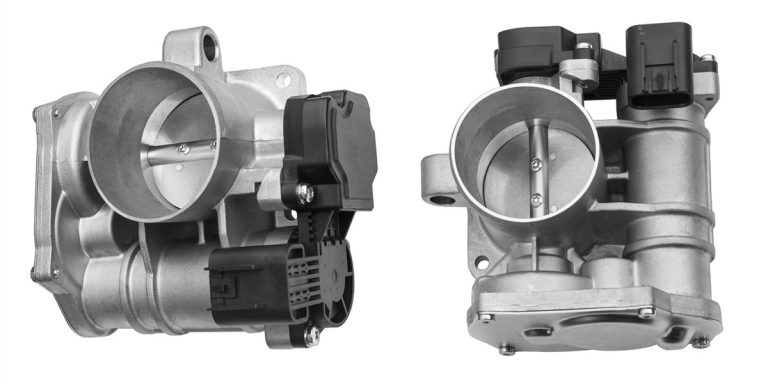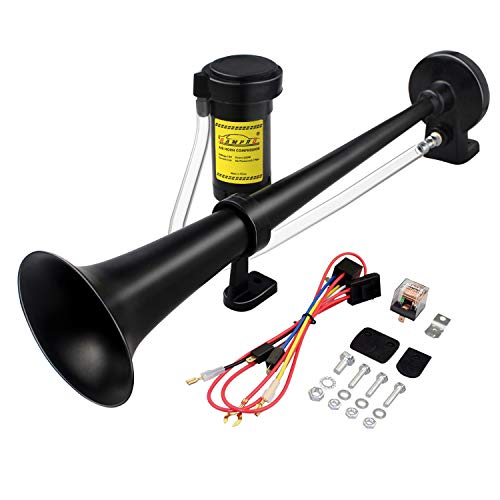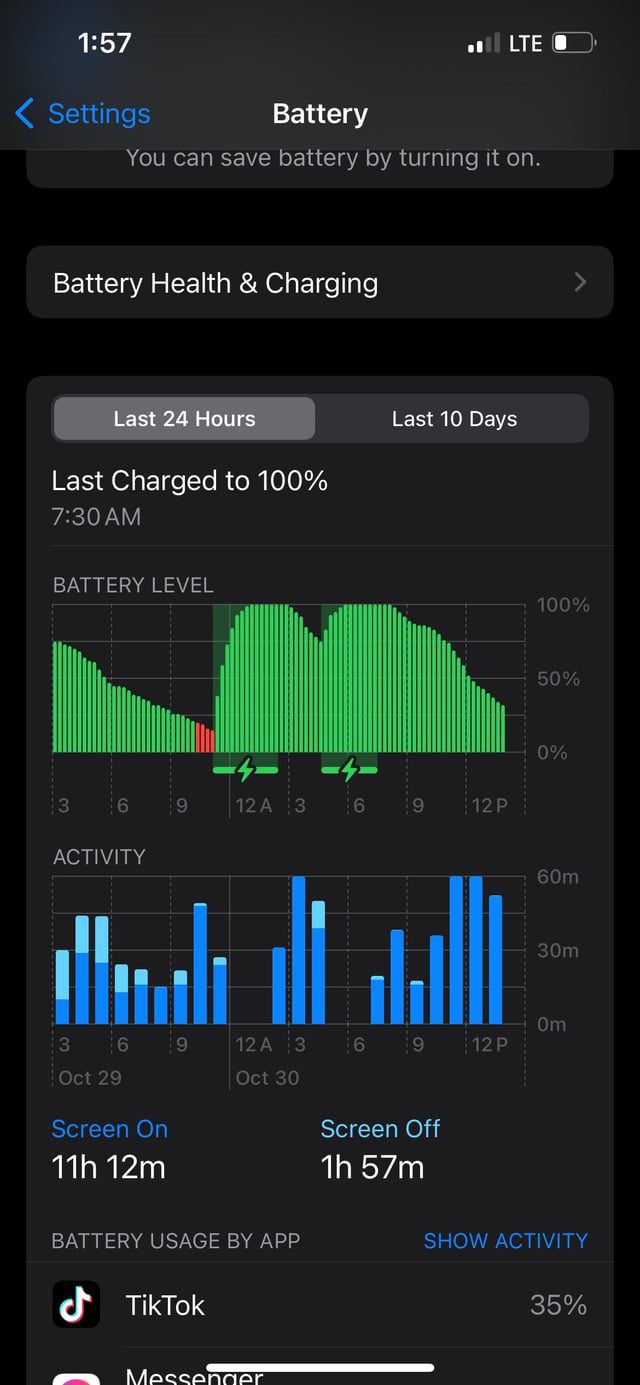When was Bluetooth Invented in Cars? Discover the Origins
Bluetooth was first introduced in cars in the early 2000s. This technology allowed drivers to connect mobile devices wirelessly.
It brought a new level of convenience and safety to driving. Bluetooth in cars changed how we interact with technology while driving. Gone were the days of tangled wires and distracted driving due to handheld devices. With Bluetooth, hands-free calling and audio streaming became possible, making journeys safer and more enjoyable.
This innovation was not just about convenience; it also reflected the growing demand for integrated technology in vehicles. Car manufacturers quickly embraced Bluetooth, understanding its potential to enhance the driving experience. Today, Bluetooth is a standard feature in most modern cars, offering seamless connectivity. But how did it all begin? Let’s explore the journey of Bluetooth in the automotive world.
Bluetooth Technology Basics
Bluetooth changed how devices talk to each other. It uses radio waves to send information. This helps remove wires. Devices like phones and speakers can connect. They share data easily. Bluetooth makes things simple.
Bluetooth lets devices connect quickly. They can share music, calls, and more. It works within a short distance. Usually, about 30 feet. Devices pair and start sharing. This is called “pairing.” It is easy and fast.
Credit: www.reddit.com
Early Bluetooth Development
Bluetooth began as a way to connect devices. It started in the late 1990s. The first use was linking mobile phones to computers. This made sharing data easy. People loved the wireless feature. Soon, cars wanted Bluetooth too. Car makers saw its potential. They wanted it for hands-free calling. This was safer for drivers. Early models had simple systems. They allowed basic audio connections. It was a start for technology in cars.
Bluetooth has grown over the years. It started with basic features. Now it connects many devices. Bluetooth 1.0 was the first version. It had limited range and speed. Later versions improved these. Bluetooth 2.0 increased speed. Bluetooth 3.0 made connections faster. Bluetooth 4.0 was a big change. It used less power. This helped battery life. Bluetooth 5.0 expanded the range. More devices could connect easily. Each step made Bluetooth better.
Bluetooth Enters Automotive Industry
The first cars with Bluetooth appeared in the early 2000s. It was a big step for the auto industry. Chrysler was one of the first to use Bluetooth in 2002. BMW followed quickly after. These cars allowed drivers to make calls hands-free. This was a new and exciting feature.
Bluetooth changed how we connect in cars. Drivers could now talk safely while driving. It made the ride safer and more fun. Over time, more car brands added Bluetooth. It became a standard feature. Today, Bluetooth helps in playing music and using apps. Connecting devices in cars is now easy. Bluetooth made cars smart and connected.
Timeline Of Bluetooth Integration In Cars
Bluetooth technology first appeared in cars in the early 2000s. Toyota was among the first brands to use it. The Toyota Prius featured Bluetooth for phone calls in 2001. Soon after, other brands followed. BMW and Mercedes-Benz included Bluetooth in their luxury cars. Ford started using Bluetooth in their vehicles in 2007. These models allowed drivers to make hands-free calls. It was a big step for car safety.
Over the years, Bluetooth has improved. Cars now have Bluetooth for music streaming. Voice control became a feature too. This made driving safer and more fun. Bluetooth 4.0 brought better connections. It also saved battery life. Bluetooth 5.0 offers faster data transfer. Many cars now have this version. It supports smart devices in cars. Bluetooth continues to grow and change.
Challenges In Early Bluetooth Adoption
Bluetooth in cars faced early issues. Signals were weak and connections dropped. Devices had trouble pairing smoothly. Engineers worked hard to fix these. Newer technologies helped improve it. Yet, early users faced many problems. They had to wait for better versions. Improvements came slowly over time.
Many people didn’t trust Bluetooth at first. Some found it hard to use. Older cars didn’t have Bluetooth options. This made it less popular. Users preferred simple, wired connections. Bluetooth seemed complex to some. Car makers needed to educate buyers. Slowly, more people began to like it. But early on, many stayed unsure.
Benefits Of Bluetooth In Cars
Bluetooth technology in cars dates back to the early 2000s, enhancing connectivity on the road. Drivers enjoy hands-free calls, music streaming, and seamless device pairing, making journeys safer and more enjoyable. The convenience offered by Bluetooth has transformed driving experiences, integrating modern tech into everyday travel.
Enhanced Safety Features
Bluetooth in cars makes driving safer. Drivers can talk hands-free with Bluetooth. This helps keep their eyes on the road. Connecting phones to the car is easy. No need for tangled wires. Music can play from the phone through the car speakers. This keeps focus on driving, not gadgets.
Convenience And User Experience
Bluetooth adds convenience to car rides. Passengers can connect their devices quickly. They can share music or navigation with ease. Pairing devices takes just a few taps. This makes long trips more fun and easy. Bluetooth also helps with voice commands. Drivers can ask for directions or make calls without touching buttons.
Bluetooth Vs. Other Car Technologies
Bluetooth made its debut in cars in 2000, enhancing hands-free communication. This technology differs from other systems by offering wireless connectivity without relying on cables. Its integration has transformed how drivers interact with their devices, setting a new standard for in-car technology.
Comparison With Wired Systems
Bluetooth offers a wire-free experience in cars. Wired systems need cables to connect. This can be messy. Bluetooth connects devices without cables. Drivers can play music easily. Hands stay on the wheel. Safety improves.
Wired systems might give clearer sound. But they limit movement. Bluetooth allows freedom. Passengers can switch songs from the backseat. No cables mean less clutter. Bluetooth is also easier to set up. Just pair and play. It’s simple and quick.
Rise Of Competing Wireless Solutions
Bluetooth isn’t the only wireless choice. There are other options too. Wi-Fi is one of them. It offers fast data transfer. But it can be more complex. NFC is another. It allows quick taps for connection. Yet, it has short range.
Bluetooth remains popular. It’s easy and works well. Many cars support it. Other technologies grow too. They offer extra features. But Bluetooth is still widely used. Its simplicity is key. Drivers enjoy its convenience.
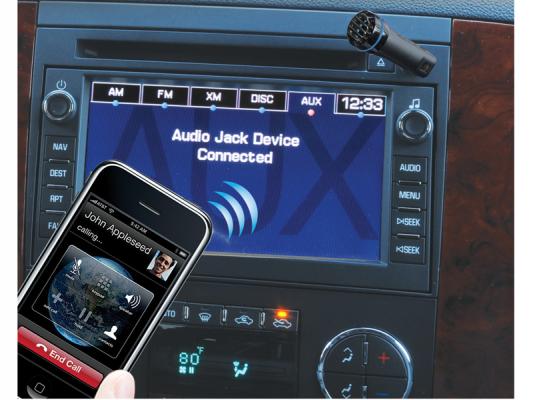
Credit: www.thecarconnection.com
Future Of Bluetooth In Automotive
Bluetooth technology is growing fast in cars. New features are being added often.
Voice control helps drivers. It makes driving safer and easier.
Smartphone integration lets phones connect with cars. This makes music and calls simple.
Wireless charging is another trend. It lets phones charge without wires.
Advanced GPS systems use Bluetooth too. They give better routes and traffic updates.
These technologies make cars smarter.
Bluetooth can change how cars are made. It might lower production costs.
New jobs may be created in tech fields.
Car companies will need to learn new skills.
Safety features are improving with Bluetooth. Cars can communicate with each other.
This might reduce accidents.
The car-buying process could also change. People might prefer tech-savvy cars.
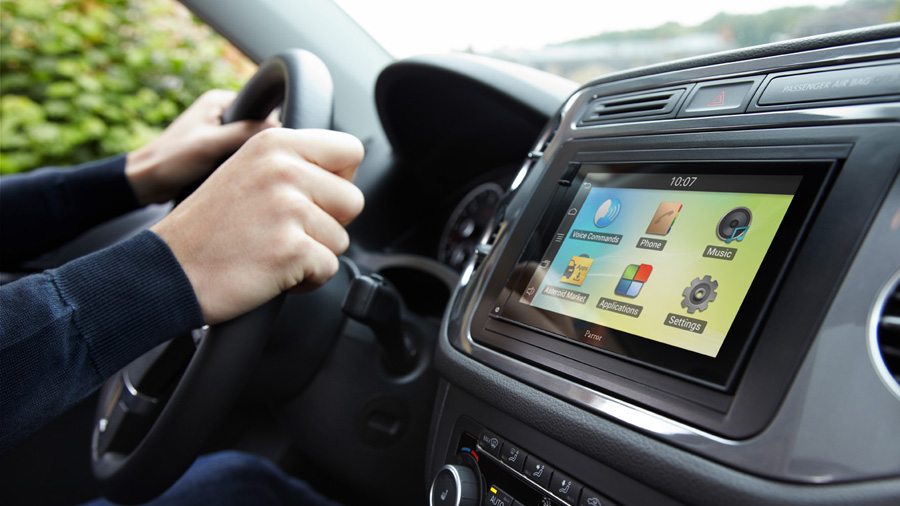
Credit: www.techradar.com
Frequently Asked Questions
When Did Bluetooth Become Common In Cars?
Bluetooth became common in cars around the mid-2000s. Manufacturers started integrating it for hands-free calling and audio streaming. By 2010, many vehicles offered Bluetooth as a standard feature. This technology enhanced driving safety and convenience.
Do Cars From 2009 Have Bluetooth?
Many 2009 cars have Bluetooth, but not all. It depends on the model and trim level. Check the car’s specifications or manual for Bluetooth availability. Bluetooth was becoming more common in vehicles around that time, but it wasn’t standard in every model.
Did Cars In 2005 Have Bluetooth?
Some cars in 2005 had Bluetooth, but it wasn’t standard in all models. Luxury brands like BMW and Lexus offered it. Bluetooth was mainly available in high-end and tech-savvy vehicles. Many mid-range and economy cars lacked this feature during that time.
Do 2007 Cars Have Bluetooth?
Many 2007 cars did not come with built-in Bluetooth. Some models offered it as an optional feature. Check your car’s specifications to confirm. Adding Bluetooth is possible with aftermarket kits if your vehicle lacks it.
Conclusion
Bluetooth technology in cars has come a long way since its inception. It started in the early 2000s, and now it’s almost standard. Today, most new vehicles offer Bluetooth connectivity. This technology makes driving safer and more convenient. Hands-free calling and music streaming are just a few benefits.
As car technology evolves, Bluetooth will continue to play a key role. Keeping up with these advancements enhances the driving experience. So, next time you’re in your car, enjoy the seamless connectivity that Bluetooth offers. Stay tuned for future innovations!

